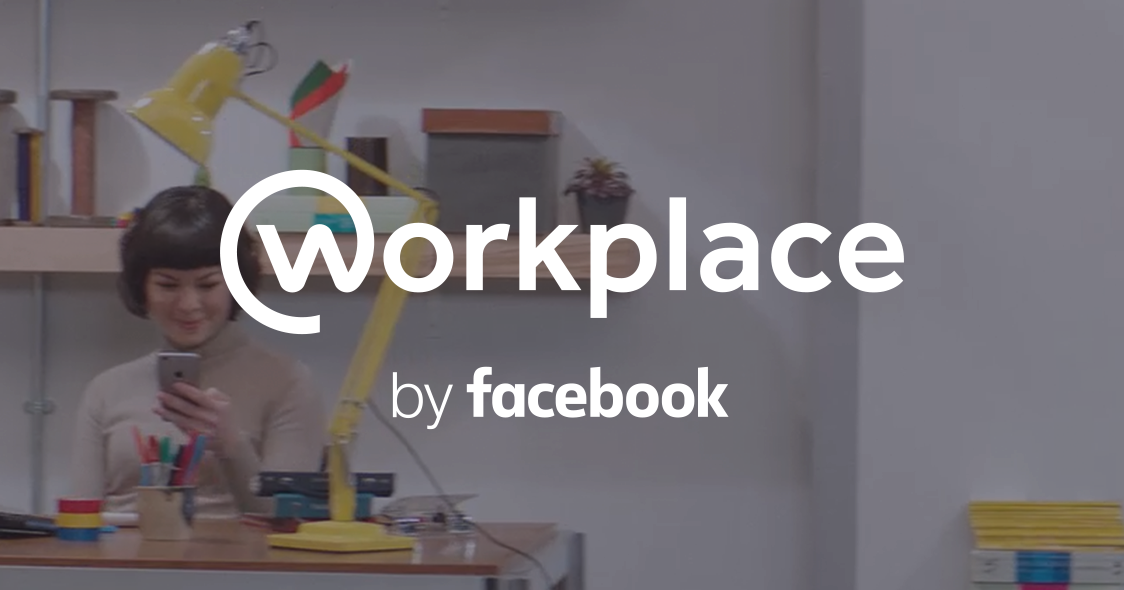How often do we see the global email. That global email from someone you’ve never met, or perhaps you have met, but haven’t seen in a while.
“Dear employee,
I’m doing something amazing, putting vast amounts of time and effort into preparing or training, and I’ve got a very nice message, but I’m sending out this email to everyone in the blind hope that you’ll press the little donate button. Here it is as a bitly, just in case.”
And then you’ll see the same note appear on a company intranet or similar medium.
I’d like to invite you  dear reader to take a guess how much money this format generates… Go on, go wild.
dear reader to take a guess how much money this format generates… Go on, go wild.
That’s right, nuffink. Not a penny, because it’s very very easy to hide behind two things:
How easy is it when you’re not called out as an individual, and there’s a little delete button sat right there. The joy of that global list means nobody knows you pressed delete.
As an Internal Communications function, we’re often seen to be to charity what the Grinch is to Christmas. There is an element here of my article on being able to say no. It’s our responsibility to coach and guide people on the best ways to prize the hard-earned out of hands and into charity coffers. That’s why I thought it worthwhile to speak about two recent examples of best practice when asking people to donate.
Interestingly, neither were innovative in the channel they used, but they were innovative in how they used email. Instead of mailing the whole population, they wrote to people they have close working relationships with. People they trust, and who trust them. People whose respect is mutually formed.
It goes back to targeted marketing, and the strides marketing technology is making in putting the right content in front of the right people.
I remember for years taking orders on putting articles onto intranets with futile pleas for money in generic and unmotivating articles. In all that time, I would estimate the uptake was well below half a percent at best, probably closer with 0.1%. Now consider this recent example. 60% hit rate. Six out of ten people who’ve received a personal note not only opened it, clicked through the link, but also dug out a debit card and coughed up. Conservatively, and going from 0.5 – 50% – that’s a 9,900% increase in success. I’ll take that.
The bit that’s really interesting though is, the blitz communications also included the same population of people who actually gave money with the personal communications. Targeted marketing – you don’t need to be a technology giant to get all up in that. We can do it too. And it bloody works.





















